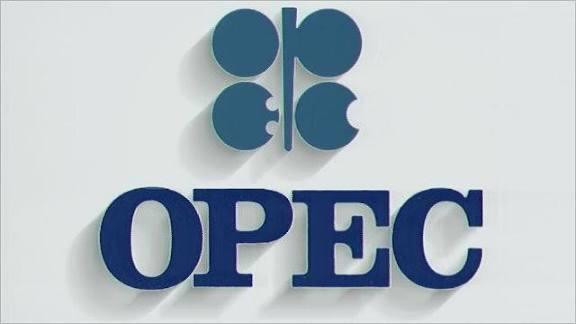The price of U.S. oil increased by about $1 a barrel on Thursday, reaching its highest level in more than a year as concerns about OPEC+ cuts headed by Saudi Arabia adding to supply shortages throughout the world. The movement was spearheaded by U.S. West Texas Intermediate oil futures (WTI), which surpassed $95 for the first time since August of last year. WTI was up 92 cents to $94.60 a barrel. The price of Brent crude futures increased by 77 cents, or 0.8%, to $97.32 a barrel after reaching levels not seen since November.
According to Stefano Grasso, senior portfolio manager at 8VantEdge in Singapore, “the oil market is quickly accepting the fact that the OPEC+ cuts announced in the summer are having a deep effect on crude availability.” Government data indicated that U.S. oil stocks dropped by 2.2 million barrels last week to reach 416.3 million barrels, considerably above the 320,000-barrel reduction that analysts had predicted in a Reuters poll.
Due to increasing demand for exports and refining, Cushing stockpiles have been approaching historic low levels, raising questions about the quality of the oil still present at the hub and if it will remain over the minimal operational levels. The Organization of Petroleum Exporting Countries and Allies, also known as OPEC+, led by Saudi Arabia and Russia reduced production by 1.3 million barrels per day until the end of the year. On October 4, the panel will get together to analyze markets.
The analysts at National Australian Bank wrote in a report that “we expect a reduction of current supply cuts is increasingly likely as near-term oil prices continue to push higher.” Grasso said ” Saudi Arabia can accept much higher prices, but not much lower, and if cutting 10% of production gives them 30% price increase it makes sense to do.” In response to a spike in retail fuel prices brought on by an increase in exports, President Vladimir Putin urged his government to ensure that prices stabilize.

